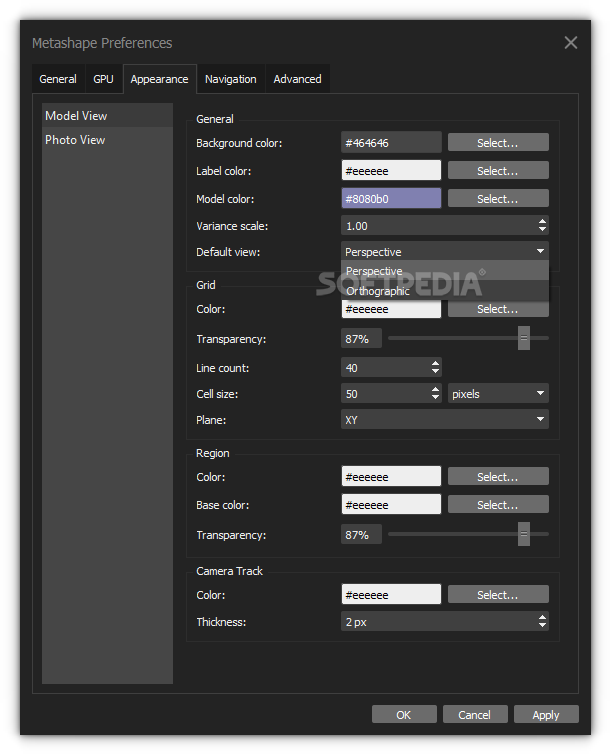

Among IBM practitioners, however, the use of DSMs produced from unfiltered or minimally-filtered point clouds is common. In the context of ALS, where point cloud filtering techniques are common and well-known, DSMs are infrequently used by archaeologists. DSMs are not suitable for most forms of archaeological analysis and mapping as the elevations in the dataset represent a combination of vegetation, structures, and ground surfaces. Standard IBM procedures produce a digital surface model (DSM i.e., an elevation dataset including both vegetation and structures) rather than a DTM. Agisoft Metashape (formerly Agisoft Photoscan) stands out as one particularly common software package used for the production of 3D datasets through IBM. As such, archaeologists often prefer the combination of low-altitude aerial photography, often from UAVs, and image-based modeling (IBM) for the collection of elevation datasets at sitewide scale. Thus, digitally stripping a site of its vegetation through the production of DTMs is critical for many avenues of archaeological inquiry.ĭespite the advantages of ALS for DTM production, laser scanning approaches are not always feasible as the technique can be cost-prohibitive -though costs are likely to come down with the rapid pace of technological development. DTMs are critical datasets for archaeologists, useful for identification of sites and features below dense vegetation but also for performing various kinds of landscape modeling and spatial analyses in GIS.

One end product of such a process is a digital terrain model (DTM also referred to as a bare-earth digital elevation model), a measure of the elevation of a ground surface that does not include vegetation or structures. This allows for the processing of ALS-derived point clouds to filter out “first returns”, representing the canopy, leaving only “last returns”, representing the ground surface. This technology can record ground surfaces below vegetation as some fraction of the lasers emitted from the scanner strike ground surfaces through small gaps between leaves. In recent years, aerial laser scanning (ALS also known as LIDAR) has attracted much attention for its ability to “see through” dense vegetation.


 0 kommentar(er)
0 kommentar(er)
